This article was co-authored by Claudia Carberry, RD, MS. Claudia Carberry is a Registered Dietitian specializing in kidney transplants and counseling patients for weight loss at the University of Arkansas for Medical Sciences. She is a member of the Arkansas Academy of Nutrition and Dietetics. Claudia received her MS in Nutrition from the University of Tennessee Knoxville in 2010.
There are 15 references cited in this article, which can be found at the bottom of the page.
wikiHow marks an article as reader-approved once it receives enough positive feedback. In this case, 92% of readers who voted found the article helpful, earning it our reader-approved status.
This article has been viewed 42,575 times.
Sugar is everywhere in the average diet, and it's found in many pre-packaged foods on the shelf, from cereal to white bread. Sugar cravings can be intense, and while a sugar detox won't "cleanse" your body per se, it can help lessen the hold sugar has on you. If you can commit to a period of 10 days without sugar, you may find yourself craving less sugar overall.
Steps
Committing to the Detox
-
1Cut out sugar completely for at least 10 days. If you want to break your sugar habit, 10 days is a good place to start. After this time period is up, even if you do go back to eating sugar, you'll find that your sugar cravings happen much less often than before.[1]
- If you want to commit to a longer period, that's great! Just decide how long you want to do it.
-
2Determine whether you want to cut just refined sugar or all sugars and refined flours. Some detox diets suggest that you not only cut out refined sugars, but also refined flours, fruit, hydrogenated fats, and even MSG.[2] However, other detox diets suggest eating fruit in place of other sugary foods, while cutting out refined sugars and flours.[3]
- It's up to you how far you want to go. If you really want to cut sugar cravings, you can try taking a more severe approach, at least for the initial 10 days. On the other hand, fruit has important nutrients and fiber so you may want to include it while detoxing from sugar. Talk to your doctor about what's best for you and your health.[4]
Advertisement -
3Get sugary foods out of your home before you start. If at all possible, clear your cupboards of things like sugary snacks, pre-processed foods, and white bread. Look for any foods with sugars, and toss them or donate them to a charity. If they're out of your home, you're less likely to cave and eat them.[5]
- If you're living in a household where other people aren't going to detox, try having a separate cabinet for your food so you don't have to be as tempted by sugary choices.
-
4Stay hydrated to cut temptations. Sometimes, you may mistake thirstiness for hunger cravings. If you're craving something sweet, try downing some water to see if that helps. Keep water nearby throughout the day to help you stay hydrated.[6]
-
5Work on lowering your stress levels to reduce sugar cravings. Stress can make you crave comfort foods, including sugary snacks. While you can't cut out stress completely, you can take steps to lower your stress levels, which in turn, can help you manage your cravings.[7]
- Try relaxation techniques, such as yoga or meditation.
- Cut out stress when you can. For instance, if you find that you get stressed out watching the morning news, skip it.
- When you're feeling stressed, try deep breathing. Close your eyes and inhale through your nose while counting to 4 in your head. Hold the breath for 4 counts, then breathe out through your mouth for 4 counts. Repeat the process several times until you feel yourself calming down.
-
6Sleep 8 hours per night. Sleep deprivation can make you want more food. The more sleep you lose, the more likely you are to eat extra calories. Aim to get 8 hours a night as often as you possibly can.[8]
- If you have trouble getting to bed, set an alarm an hour before you need to go to sleep. Turn off the electronics and start your wind-down then.
- If you have trouble staying asleep, cut out disturbances like light, noises, and pets. For instance, put up light-blocking curtains if you get too much light from outside, and try a white-noise machine if you get city noise. Lock your pets out of the bedroom if they tend to disturb your sleep.
Finding Foods You Can Eat
-
1Check labels for added sugars so you can avoid products with sugar. Sugars can be hiding under sneaky names, so you need to read the ingredients list carefully. Look for "sugar," of course, but also look for words ending in "-ose," such as "sucrose" or "maltose."[9]
- Other names for sugar include molasses, raw sugar, brown rice syrup, honey, juice, cane syrup, and corn syrup.
-
2Avoid eating foods that contain artificial sweeteners. While it can be tempting to replace sugar with an artificial sweetener, that tactic can backfire. Using sweeteners can make you crave sweet things even more, and you may want sugar all the time.[10]
- Watch for sweeteners like aspartame, stevia, sucralose, saccharin, neotame, and acesulfame potassium.
- Some sweeteners contain sugar alcohols, such as xylitol and sorbitol.
-
3Skip sweetened beverages. You can easily get all of or even twice your daily recommendation of sugar in 1 drink. If you're trying to detox from sugar, you should even skip things like fruit juice. Even if it's 100% juice, you don't get the benefit of fiber to help you feel full.[11]
- Try unsweetened tea or coffee, unsweetened flavored sparkling water, or just plain water.
- Avoid alcoholic beverages, too, as they contain extra calories and are often mixed with sugary drinks.
-
4Cook your own meals without processed ingredients to avoid sugar. You've probably noticed that most processed foods have added sugars. By cooking for yourself, you know exactly what goes into your food, enabling you to control sugars well.
- Work on making things from scratch, even sauces and condiments. That way, you know they don't contain sugar.
-
5Add protein to every meal. If you're cutting back on sugar, you'll need other energy sources to get through the day. In this case, you're going to get it from protein. Opt for grass-fed meats, eggs, and fish as a main course for your meal.[12]
- Grass-fed meats tend to be higher in healthy fats.
- You can also eat nuts and seeds for protein.
-
6Stick to non-starchy vegetables if you are taking a strict approach. With a strict detox, it's best to avoid fruit and even starchy vegetables, particularly in the first 10 days. Starchy vegetables include things like potatoes, corn, and peas.[13]
- For non-starchy options, try leafy greens, broccoli, eggplant, asparagus, carrots, onions, tomatoes, zucchini, peppers, mushrooms, cauliflower, beets, green beans, okra, and cabbage.
- When you're at a party, it can be difficult to skip the food altogether. Instead, try your best to pick options that have little to no sugar, such as raw veggies or roasted nuts. For dips, hummus is likely a safe option, though ask to check the container if you know the host well.[14]
Planning Your Meals
-
1Eat a hearty, protein-packed breakfast every day. You're more likely to cave and give into a break room or vending room temptation if your stomach is growling. By loading up on protein in the morning, you'll feel satisfied, and you'll have an easier time walking away from those temptations.[15]
- For instance, try scrambling eggs with mushrooms and spinach for a hearty breakfast or eat a large helping of cottage cheese with sliced veggies or fruit on top (if you're eating fruit).[16]
-
2Grab some quick protein and veggies for lunch. Fill up on veggies and protein to help sustain you until dinner. The fiber and protein will keep you full when you don't have energy from sugar.[17]
- Try a salad of mixed veggies (as many as you want), a serving of chicken (the size of your palm), and 1 cup of chickpeas (164 g). For instance, make a Greek salad with olives, cucumbers, tomatoes, lettuce, feta cheese, olive oil, and lemon juice, along with some fresh parsley or dill.
- Alternatively, have a serving of fish (the size of your palm) with your favorite veggies, such as asparagus and carrots.
-
3Eat protein, whole grains, and veggies for dinner. Fill your plate up halfway with veggies, then aim for a serving of meat that's about the size of your palm. Try whole grains like brown rice or quinoa or add fiber-filled beans to your meal instead.[18]
- For example, try a serving of chicken that's the size of your palm, as much broccoli as you want, and 1 cup (200 g) of cooked brown rice.
- Alternatively, eat a serving of chicken, 1 cup (172 g) of black beans, half an avocado, and lettuce mixed with lemon juice and olive oil. Add a piece of fruit if you're eating fruit.
-
4Aim for small, protein- and fat-filled snacks to stave off cravings. When snacking, avoid reaching for carbohydrates unless you're eating fruit. Instead, go for foods high in protein and healthy fats, such as plain yogurt, nuts, seeds, avocado, or string cheese. Eat up to 2 snacks a day.[19]
- For instance, try 2 pieces of string cheese, half an avocado, 12 to 14 walnut halves, or plain yogurt.
- Make sure to have healthy snacks on hand all the time so you're not tempted to eat sugary foods!
Warnings
- Eating too much sugar over time can lead to weight gain and development of type 2 diabetes.⧼thumbs_response⧽
- Low-sugar and low-carbohydrate diets may cause fatigue, chronic headaches, irritability, and sensitivity to high-carbohydrate foods. Talk to your doctor if any of these symptoms occur while on a detox diet.⧼thumbs_response⧽
References
- ↑ https://health.clevelandclinic.org/break-your-sugar-addiction-in-10-days-infographic/
- ↑ https://health.clevelandclinic.org/break-your-sugar-addiction-in-10-days-infographic/
- ↑ https://www.health.harvard.edu/staying-healthy/how-to-break-the-sugar-habit-and-help-your-health-in-the-process
- ↑ https://www.eufic.org/en/healthy-living/article/detoxing-does-it-really-work
- ↑ https://www.health.harvard.edu/staying-healthy/how-to-break-the-sugar-habit-and-help-your-health-in-the-process
- ↑ https://www.wakehealth.edu/Stories/Manage-Your-Sugar-Intake-During-the-Holidays
- ↑ https://health.clevelandclinic.org/break-your-sugar-addiction-in-10-days-infographic/
- ↑ https://health.clevelandclinic.org/break-your-sugar-addiction-in-10-days-infographic/
- ↑ https://www.heart.org/en/healthy-living/healthy-eating/eat-smart/sugar/added-sugars#.Wfc9CGiPLD4
- ↑ https://www.health.harvard.edu/staying-healthy/how-to-break-the-sugar-habit-and-help-your-health-in-the-process
- ↑ https://www.goodrx.com/well-being/addiction/how-to-break-sugar-addiction
- ↑ https://blogs.scientificamerican.com/brainwaves/is-sugar-really-toxic-sifting-through-the-evidence/
- ↑ https://health.clevelandclinic.org/break-your-sugar-addiction-in-10-days-infographic/
- ↑ https://www.wakehealth.edu/Stories/Manage-Your-Sugar-Intake-During-the-Holidays
- ↑ https://www.health.harvard.edu/staying-healthy/how-to-break-the-sugar-habit-and-help-your-health-in-the-process
- ↑ https://www.sutterhealth.org/health/nutrition/sugar-detox-diet
- ↑ https://www.sutterhealth.org/pdf/incentive-content/sugar-detox-diet-plan.pdf
- ↑ https://www.sutterhealth.org/pdf/incentive-content/sugar-detox-diet-plan.pdf
- ↑ https://www.sutterhealth.org/pdf/incentive-content/sugar-detox-diet-plan.pdf
About This Article
To detox from sugar, commit to cutting sugar completely out of your diet for at least 10 days to significantly reduce your cravings. If possible, get sugary foods out of your house before you start your detox so you’re less likely to cave and eat them. Replace sugary snacks with protein-packed foods, like nuts, fish, and legumes, which will help you feel satisfied for longer. Additionally, have plenty of fruits and vegetables prepared for satisfying snacks. Since many prepackaged and restaurant foods have hidden sugars, like honey, brown rice syrup, and sucrose, commit to cooking at home and avoiding processed or pre-packaged foods whenever possible during your detox. For more tips from our Medical co-author, including how stress can lead to sugar cravings, keep reading!
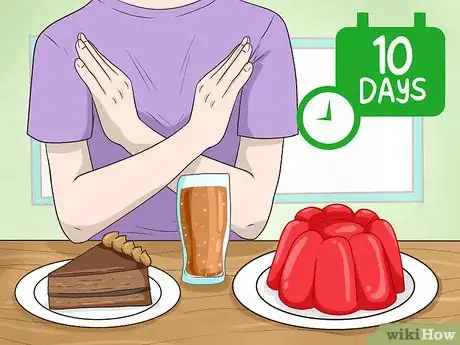

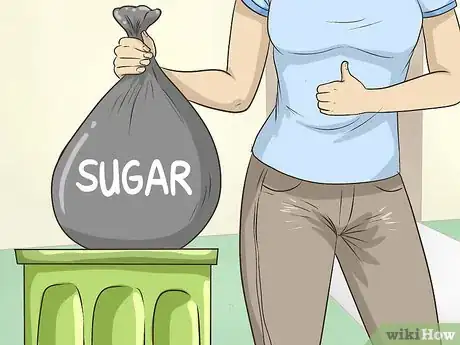
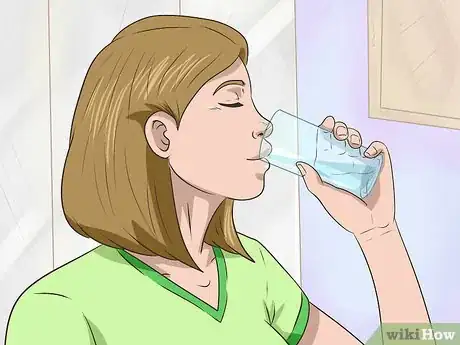
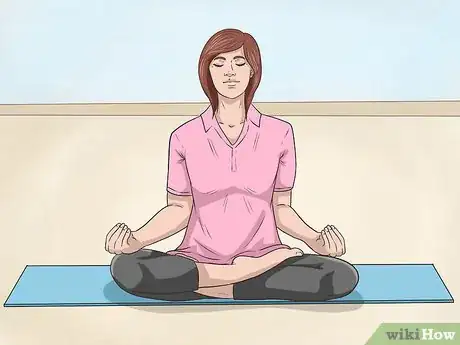

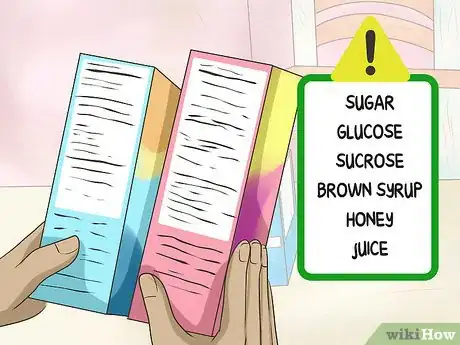


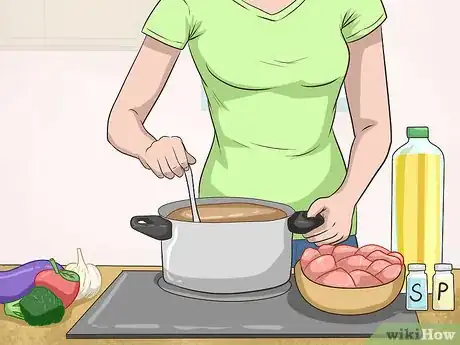
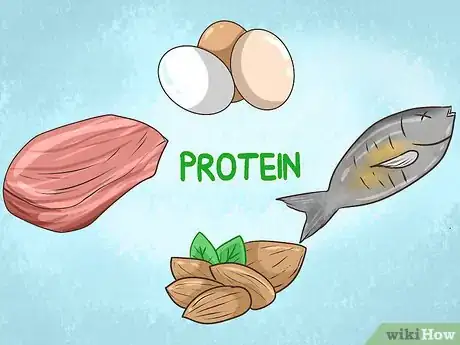

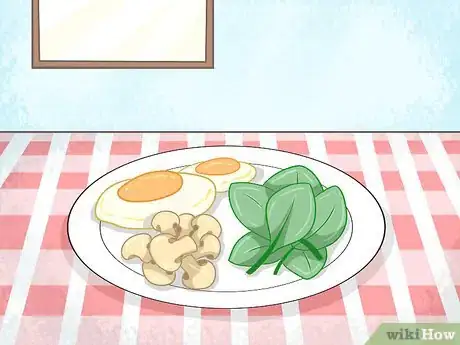
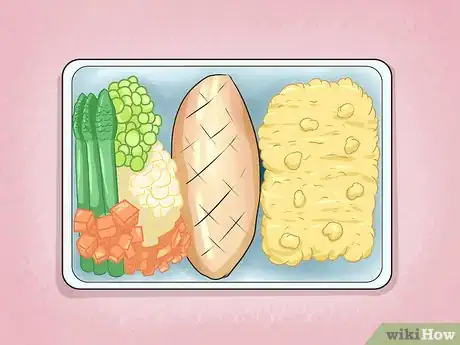
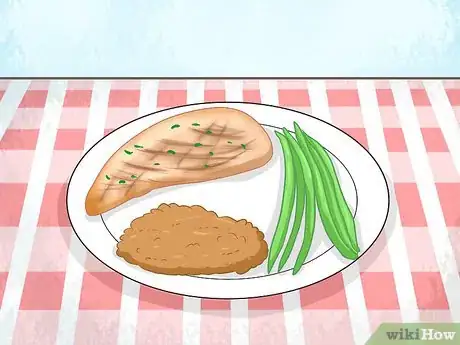
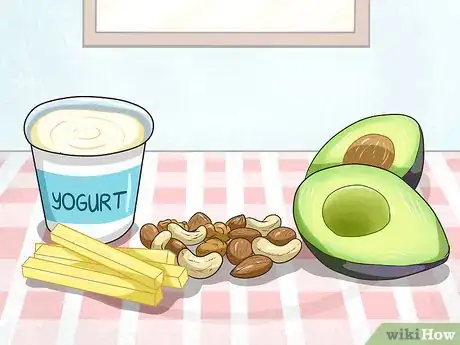
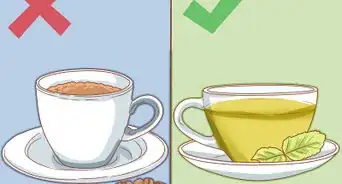
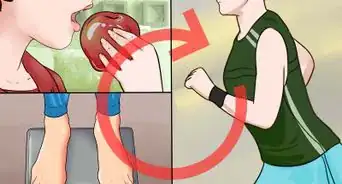









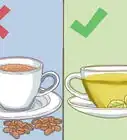





































Medical Disclaimer
The content of this article is not intended to be a substitute for professional medical advice, examination, diagnosis, or treatment. You should always contact your doctor or other qualified healthcare professional before starting, changing, or stopping any kind of health treatment.
Read More...